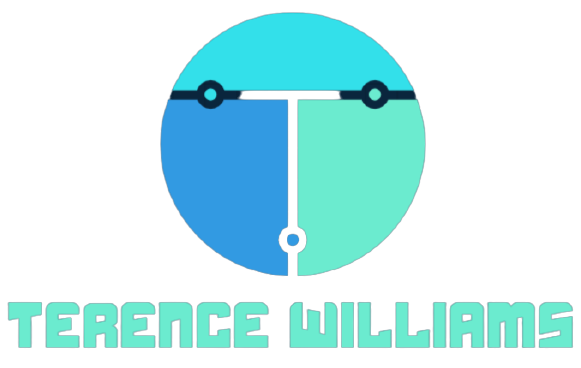The upward projector used to be a must in every homeroom class in the past but now they have a modern-day equivalent: the document cameras. More adaptable than the upward projector, they are an affordable other option that can be easily transported.
Not only that, but most require just a straightforward connection into a USB attachment to show live film of paper, books, or small items involving the presentation gear in your homeroom (or a meeting room). That means it’s perfect for showing PowerPoint presentations.
However, some of them can likewise catch pictures or videos. So, if you want to do a presentation and record it, you can.
No one can deny that connecting with your audience yields better results. And because you can use these cameras to show your audience what you want, they are a powerful tool. They are frequently known as visualizers because of this ability.
Why are document cameras so popular?
These cameras are compatible with most conferencing devices, such as Zoom and Google Meet. They are connected through USB ports but also come with HDMI or even VGA.
They are also valuable for live streaming utilizing tools like OBS (Open Telecaster Programming). A live feed of your visuals makes tweaking a show in a hurry simpler than with pre-recorded programming. That will also allow you to oversee and avoid unexpected inquiries from understudies or partners and stay away from a badly pre-arranged wreck.
With a sufficiently high definition, they can be used as record scanners. And because they are much more compact than a flatbed scanner, they are usable in any space.
Some have programming which will group pages naturally. The cameras with high-definition can be used to scan even contracts and other important documents. Archivists will likewise see the value in the ability to catch lopsided records – convenient for running OCR (Optical Person Acknowledgment) on bound books.
How to pick the best visualizer?
While picking the best framework for you, you want to take a gander at where you will show your picture. In cases like video conferences, it’s more advantageous to utilize USB, so it seems like a webcam in the product. This is incredible for software like Zoom which allows second webcams in video gatherings.
Cameras that use HDMI are more suitable for a few gatherings and homeroom classes. You can connect them directly to a monitor without having to sign in to a PC or use administrator passwords.
Like any camera, size and definition have an impact. To catch a bigger object, the focal point commonly should be higher up. And to get a similar detail, you’ll require more megapixels. On the other side, more modest cameras can be more versatile.
Many document cameras come with built-in microphones. Although they are not the best quality, they allow the user to speak while projecting something. So, it’s a choice you’ll have to evaluate for yourself while considering your budget. Maybe you can find a suitable Doc Cam here:joyusing.com



